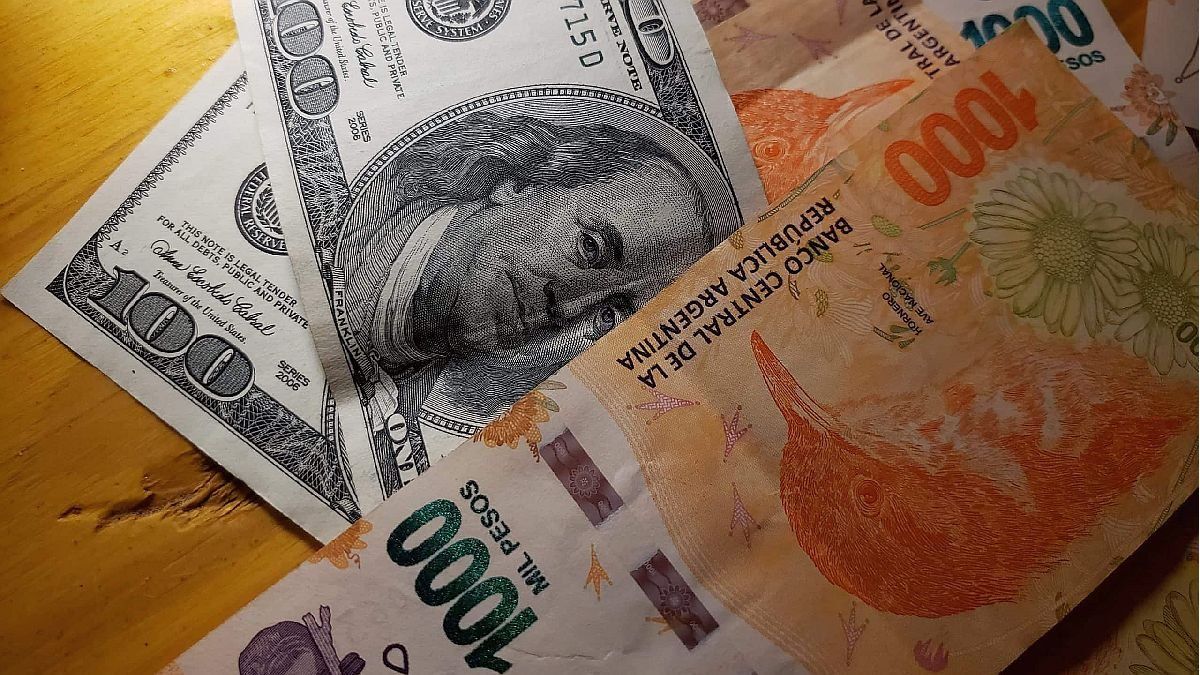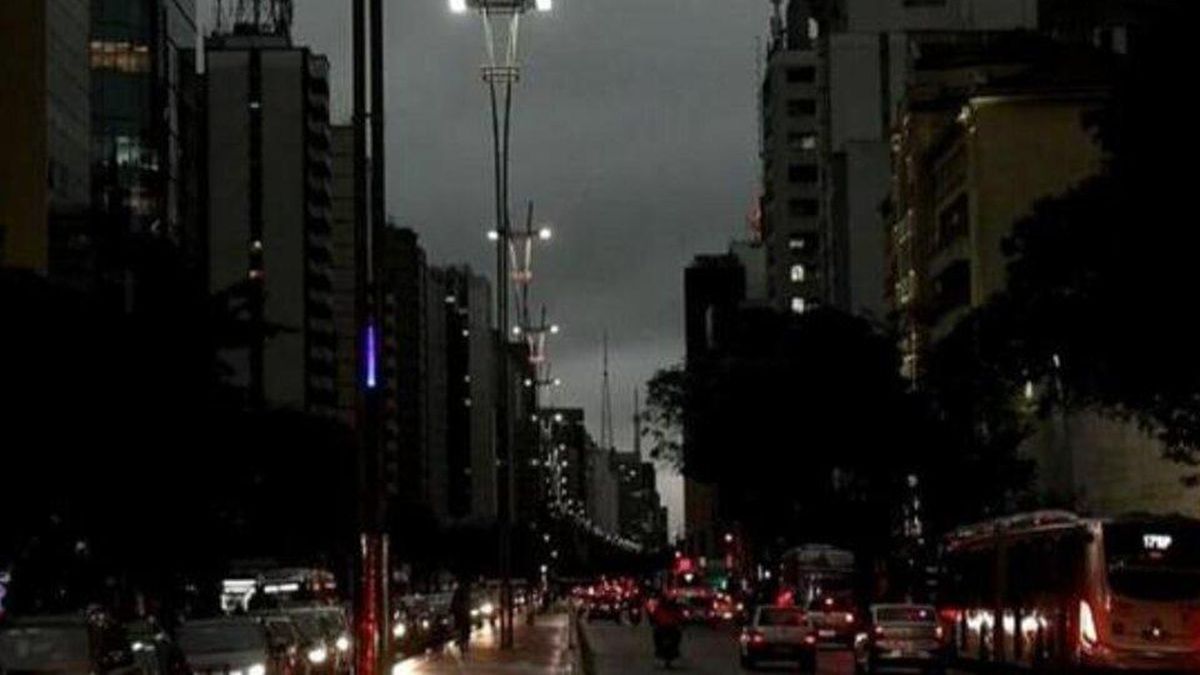The sharp deterioration in real wages over the last few years has forced many people, even those with jobs, to fall below the poverty line. In this sense, the incomes necessary to be reasonably considered part of a “middle class” became increasingly inaccessible for a certain portion of the population that usually perceives itself within said social stratum.
According to an analysis of the W consultantbased on the Permanent Household Survey (EPH) carried out by INDEC in the first quarter of 2024, 42% of the Argentine population belonged to the middle class at the beginning of this year. However, of that percentage lThe majority (25%) belonged to the “lower middle class”the rest being “upper-middle class”.
According to the estimate of the entity headed by Guillermo Olivetto, US$900 (measured at the average parallel dollar for the first quarter) It was the minimum monthly net income of a lower middle class household. Meanwhile, Starting at US$1,800, a household became considered upper middle class..
On the other hand, a family with an income of Between US$800 and US$900, she was classified as part of the “upper lower class (not poor)”Likewise, those people who are in poverty receive an average income of US$280.
According to W’s parameters, 37% were “poor” lower class between January and March, and 16% belonged to the upper lower class. Thus, 78% are lower or lower-middle class.
It is worth noting that The minimum wage currently reaches $262,432, equivalent to almost US$194measured at the close of the blue dollar quote this Monday.
Olivetto assured in dialogue with LN+ that “Argentina’s historical identity as an archetypal middle-class country is being put at risk”In this regard, he highlighted the “shock” experienced by some people who normally considered themselves middle class when they find out that, due to the increasing cost of the basic basket, their income is below the poverty line.
It is worth remembering that In the first quarter, poverty reached 54.9% and poverty affects 20.3% of the population, reaching even more worrying figures in the northern provinces, and particularly among the younger population.
Private sector wages are improving, but they are not able to recover what they lost
The wages of registered salaried workers in the private sectorincreased in May by 4.9% compared to April, thus beating inflation for the second consecutive month.
Even so, revenues remain 4.7% below the November level.prior to the devaluation implemented by the Government of Javier Milei hours after his inauguration. Likewise, compared to 2017, income is approximately 20% lower.
Source: Ambito




